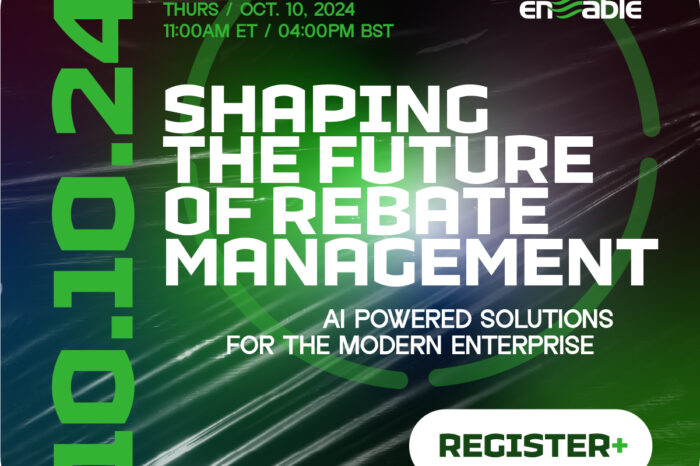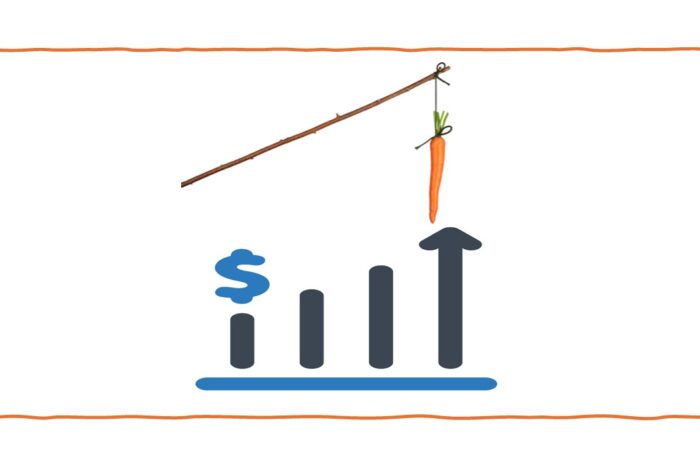Demand Creator or Demand Fulfillment agent?
Virtually all want to grow their company’s profitability. Whether it is a manufacturer, manufactures rep or distributor or the distributor’s customer. In fact I haven’t found anyone that wants the status.But, in today’s market here are two different worlds for all parties named above: There are those that are in the demand creation business and those in the demand fulfillment business. Most are in demand fulfillment. The customer control the demand.
Demand Creation
Demand creation is about educating your customer about why they need a new product or service from your company. Back when new products were hitting with great regularity, the construction distribution channels, were in the demand creation business. Many products and some services solved customer problems. Many solved problems before the customer became aware of the problem. There was something of a buzz about new products as they hit the market place. Some distributors became really good at dreaming and acting on demand creation. But most became demand fulfillment agents over time and soon it became a price war. Loyalties shifted with each large project or as a different buying specification evolved. Brand support was dropped by many manufacturers to be replaced by specialized terms and services. The result was that “demand creation” was handed to the customer or end user.
Demand Fulfillment
The opposite of demand creation is demand fulfillment. In this scenario, the customer has recognized that they do have a problem or need and are actively seeking out potential solutions. We’ve come to an age where yellow pages, fax machines, google and the Internet blur the different offerings and or services that are offered.
In addition, the market place all for goods and services, have maturated to the point where price is the determining factor for a large majority of sales. Supply chain efficiency has reared its head as fulfillment has evolved to almost instant gratification. Short and long distance shipping cost have dropped to the point that marketing in a 50 mile radius has taken on new dimensions such as throughout the North American market place or World market place.
Perfecting the basic fulfillment requirements still eludes many with inventory size/location, customer pricing and even pulling and packing the right product for shipment.
In addition many are being encouraged to offer incentive trips to stabilize brand purchasing, while others are being offered progressive annual discounts.
With virtually no new products entering the market place, demand fulfillment had taken over manufacturers and the distribution market place. Demand Fulfillment was now firmly in the hands of the end purchaser.
Along comes Amazon to basically to create demand and marketing and leaving the distributor to fulfill demand. So, if you think you really can fulfill the Amazon order correctly every time, then you’ll want to play. But if you ship the wrong item, the penalty is very strong. So strong, you’ll end up giving away product. That is very similar to underpricing below your replacement cost. You’ll incur a lot of cost with no revenue.
Customer Stratification
Virtually all businesses are now engaged in what is termed “customer stratification” or “Price Optimization”. Similar to a margin treasure hunt, all are looking at specific buying patterns to determine where prices can be adjusted to gain a greater margin. During these treasure hunts many companies are discovering that price matrix and customer types were not what all thought they were. Which for many , this could mean they may find a gold mine of new margin. In addition it will help your business understand exactly how much each customer buys and what price matrix they really should be assigned to. You will probably have your eyes opened up at all the miss labeled customers attached to a price matrix. To do that read on.
There is another area that many talk about and few actually address and stay current on and that is customer classification and price matrix. Try generating a current year to date report that shows your customer sales by product groupings and look at their profit contribution to your bottom line. Then take a look at the price matrix they are assigned to. The problem is this: Over the last few years it has become very obvious that customer classifications and price matrix are not where they should be. A quick example is a customer that buys $10,000 per year probably should not be assigned to the highest volume classification say like maybe a $1M. So this is a margin hunt. Not Demand creation.
Demand Creation Problem Solving
The real crux of demand creation is figuring out your customer’s problems before they know they have a problem and then solving the problem with goods and or services.
So looking at your customer’s needs beyond credit and current services, requires that you develop a different way of looking at their business.You have to change the way you look at their business. You have to break out of the old way of thinking about their business.
Can demand creation be relearned? Yes it can! Most start with leadership meetings with leadership and a third party to think out of the box.
So what does it all mean?
If you are a company that is looking to grow profitably, you need to employ both Demand Creation and Demand Fulfillment tactics. In addition you need to start relearning how to spot your customer’s problems.
You’ll want to plant the seed that some customers do have unknown problems or needs and you NEED to find it. In order to better understand the problem that may have been identified by your customer, you’ll want pull them in. Understanding the problem completely will work to your advantage.
So if you haven’t developed a smart brand marketing strategy, you’ll want to develop a consistent messaging and tactics that resonate with your customers for both demand creation and demand fulfillment. Dreaming about demand creation without action, will leave you with demand fulfillment. It begs the question of just how good are you at demand fulfillment. And how good are you at creating demand?






















